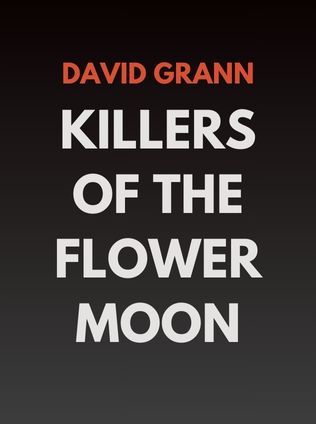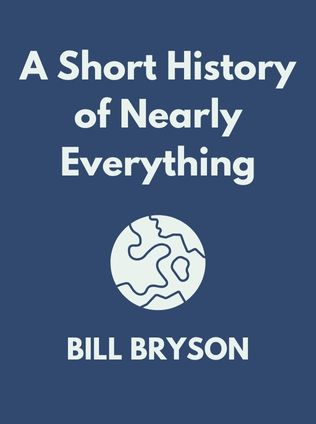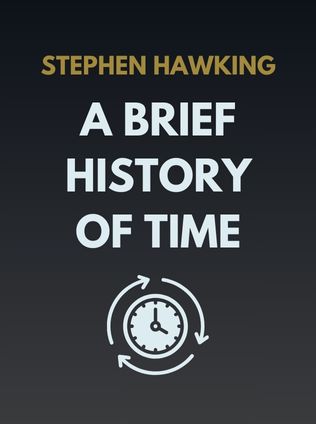
The Anarchy
The East India Company, Corporate Violence, and the Pillage of an Empire
By William Dalrymple
Published 09/2019
About the Author
William Dalrymple is an acclaimed historian, author, and broadcaster, renowned for his exploration of British imperial history and its deep entanglement with the East. Born in Scotland in 1965, Dalrymple has spent much of his adult life in India, where he has delved into the complex histories of the subcontinent. His deep connection with India and its history has given him a unique perspective, allowing him to approach his subjects with both empathy and a critical eye. His previous works, such as White Mughals and The Last Mughal, have been celebrated for their ability to weave together narrative history with rigorous academic research, creating vivid portraits of the past that resonate with modern readers.
In The Anarchy, Dalrymple turns his attention to the English East India Company (EIC), an entity that started as a small group of traders and evolved into a powerful corporate state. Dalrymple’s writing is not just about recounting events; it’s about understanding the broader implications of those events, the forces that drove them, and the lasting impacts they have had on the world. His ability to draw on a wide range of sources, including Mughal, French, and English documents, allows him to present a more nuanced and complete picture of historical events. This makes The Anarchy not just a history book, but a reflection on the nature of power, greed, and the consequences of corporate dominance.
Main Idea
The central theme of The Anarchy is the astonishing rise of the English East India Company from a modest trading enterprise into an imperial power that controlled much of India. Dalrymple explores how the EIC exploited a period of political fragmentation and instability in India, capitalizing on the decline of the Mughal Empire to establish its dominance. This transformation is depicted not merely as a series of historical events but as a dramatic narrative of power, corruption, and the exploitation of one of the world's richest regions by a private corporation. The book also delves into the broader consequences of the EIC's rule, including its impact on global trade, the drastic changes it brought to Indian society, and how it set the stage for British colonial rule in India.
Table of Contents
- Setting the Stage: Early 17th to Mid 18th Centuries
- The Company Rises to Power in Bengal: Early to Mid-18th Century
- The Company Rules Bengal: Mid- to Late 18th Century
- The Company Rises to Power in India: Late 18th to Early 19th Centuries
- Consolidation of British Power: Early to Mid-19th Century
Setting the Stage: Early 17th to Mid 18th Centuries
Dalrymple begins The Anarchy by setting the historical context of India during the early 17th century, a time when the Mughal Empire was at its zenith. The Mughal Empire, under rulers like Akbar and Aurangzeb, was one of the richest and most powerful empires in the world. Its wealth, derived from agriculture, manufacturing, and trade, made it an attractive target for European powers, who were keen to tap into its resources.
The English East India Company was established in 1600, during the reign of Queen Elizabeth I, with the aim of establishing trade with the East Indies. Initially, the company focused on spices from Southeast Asia, but the wealth of India soon drew its attention. The EIC was granted a royal charter that allowed it to trade in the East Indies and gave it a monopoly on English trade with Asia. However, it was still a small player compared to the mighty Mughal Empire.
The Mughal Empire was a complex and sophisticated state, with a well-developed bureaucracy, a large standing army, and a thriving economy. The empire was governed by a centralized administration, with the emperor at its head, supported by a network of regional governors or Nawabs. The Mughals were also patrons of the arts, and their reign saw a flourishing of culture, including the construction of magnificent buildings like the Taj Mahal.
However, by the early 18th century, the Mughal Empire began to show signs of decline. Aurangzeb’s death in 1707 triggered a succession crisis, leading to a series of weak rulers who were unable to maintain the empire’s unity. This period of instability was exacerbated by external invasions, such as the Persian invasion of Delhi in 1739, which devastated the Mughal capital and depleted its treasury. The once-mighty empire began to fragment, with regional governors asserting their independence and vying for power. This period of fragmentation, referred to as the "anarchy" in Dalrymple's narrative, created a power vacuum that the EIC would soon exploit.
Sign up for FREE and get access to 1,400+ books summaries.
You May Also Like
Rich Dad Poor Dad
What the Rich Teach Their Kids About Money - That the Poor and Middle Class Do Not!
By Robert T. KiyosakiFreakonomics
A Rogue Economist Explores the Hidden Side of Everything
By Steven D. Levitt and Stephen J. DubnerI Am Malala
The Story of the Girl Who Stood Up for Education and Was Shot by the Taliban
By Malala YousafzaiFactfulness
Ten Reasons We're Wrong About the World – and Why Things Are Better Than You Think
By Hans Rosling



















